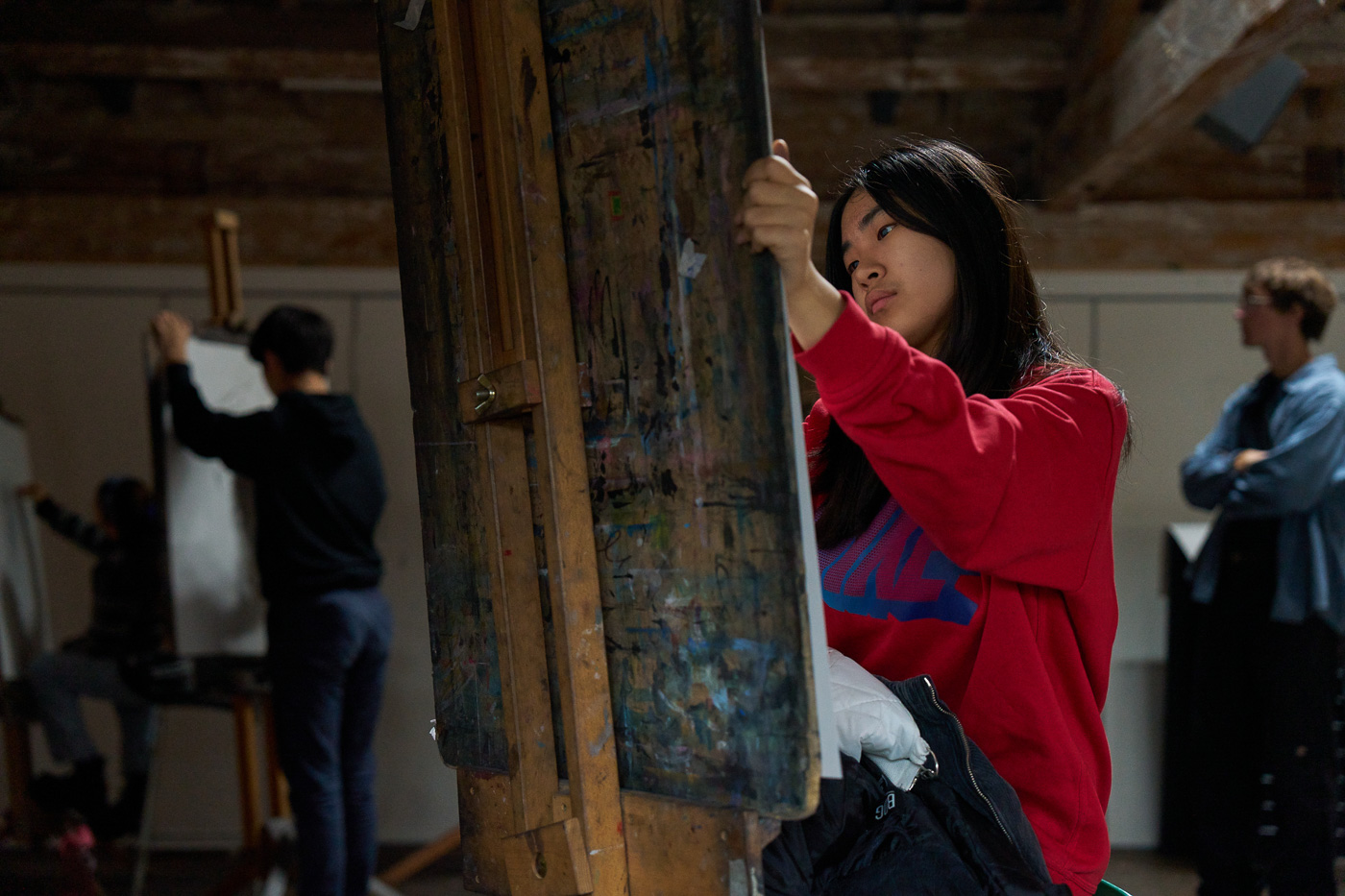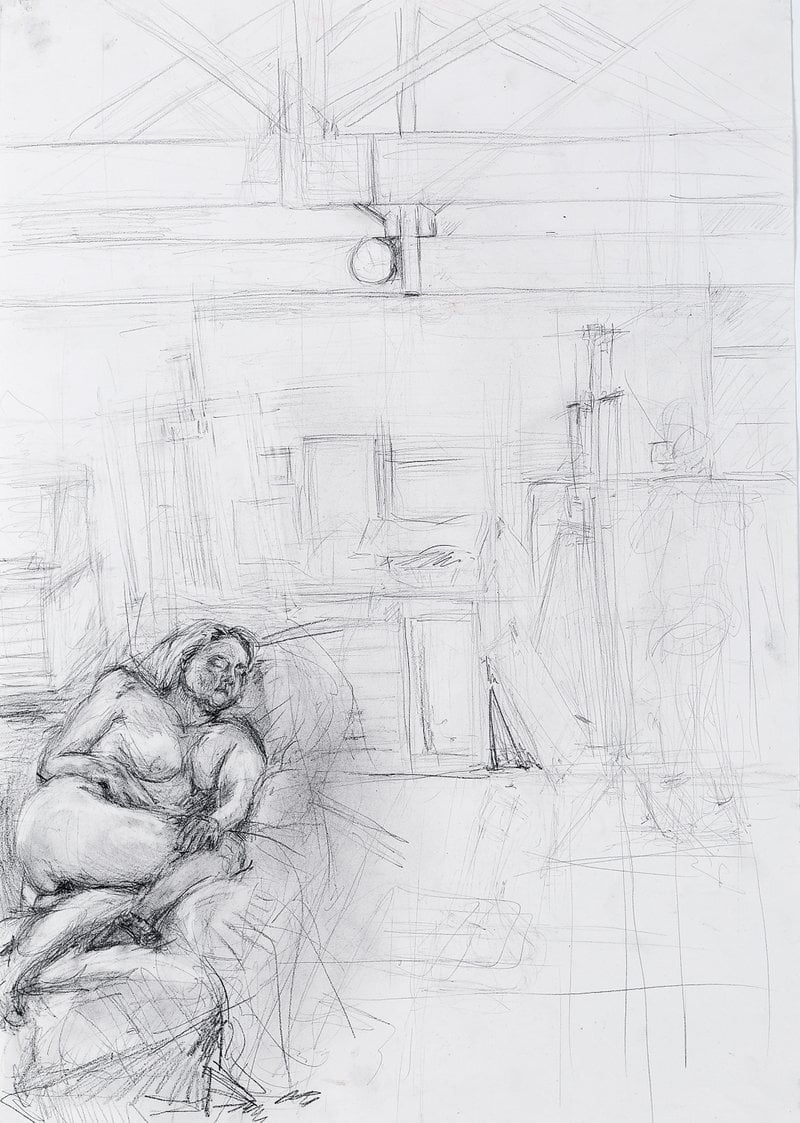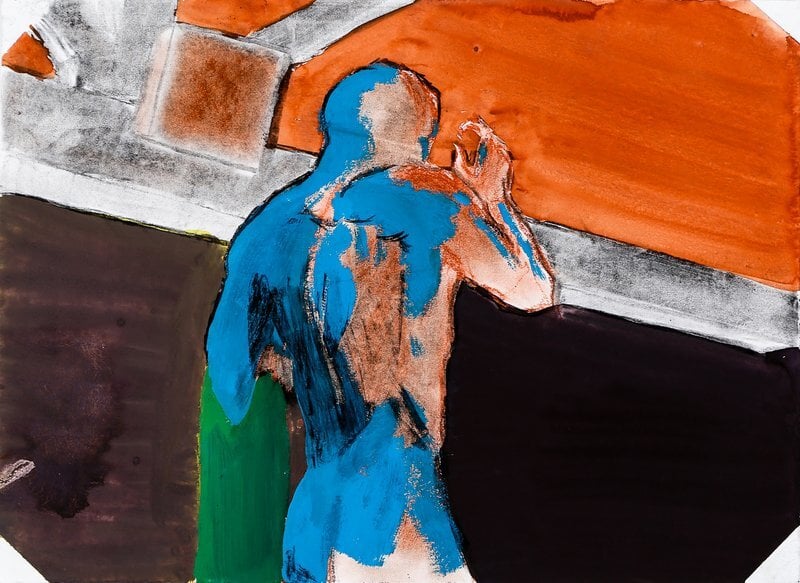Throwing open the life room doors: Life drawing with young artists


Life drawing has long been considered the best way for art students to learn about the human figure and hone their observational skills. Whilst this remains true today, our approaches to the life room have changed radically. No longer the stuffy domain of academic study, it can be one of the most vibrant, varied and productive areas of art education.
Young people remain naturally enthusiastic about drawing and fascinated by images of people. Schools across the country are filled with paintings, sculptures and drawings by students, depicting themselves, their friends, family and heroes — fantastic! However, the contemporary ubiquity of photography and the ease of finding images online has created a tendency for students to approach drawing as a mediated activity. Of course, drawing from photographs and secondary images is one way of making work, but working directly from life encourages students to learn some of the most useful and creative aspects of image-making.
This is why life drawing is still as important as ever, and why, as a tutor, I want to enthuse students, equip them with skills and understanding, and broaden their minds. I aim to open doors and give students the confidence to find their own path.

Drawing can use the whole body and all of the senses. It can encompass stretches of time, capture an instant, or combine disparate moments. It can distort and invent space, or create immersive illusions of reality. It can be rigorous or free-wheeling; closely observed, or drawn from memory and imagination. It can be naturalistic, abstracted, narrative, analytical, emotional, gestural, formal, playful, musical, energetic, meditative or measured. Amazingly, it is possible to teach this wide and wonderful variety of approaches all within the bounds of the life drawing class.
In the strange, unreal environment of the life room, we can practice and learn in ways that aren’t normally possible — lessons that stay with us and inform everything we create."
Rachel Mercer
Alumni, Faculty

Because the life room is a controlled environment, the tutor can choose to focus on varied aspects of drawing, tailoring the set-up to encourage particular ways of working in each class. In all cases, we are not really drawing ‘real life’, but an actor in a staged situation. This can be odd at first. However, in this strange, unreal environment, we can practise and learn in ways that aren’t normally possible. These lessons stay with us and can be applied to everything we observe in real life, informing all that we create throughout our artistic careers.
Sometimes, the life room really is like a theatre. Lighting, plinths, furniture, fabrics and props can be arranged to create different spaces and atmospheres, using colour, texture, projections and shadows to create visual drama and stimulate the senses. I often encourage students to conjure a narrative or emotional context for their drawing, combining what they can observe with elements from their imagination.
At other times, the set-up will be very simple — an unclothed model in the centre of a sparse room. This can be useful to focus the students' attention on the subtleties of human form and anatomy, or on how to depict a figure in space. When drawing from life — observing people on the street, for instance — a student must be equipped not only with knowledge of the figure, but also with an understanding of how to position figures in space, consider relative distance, and compose the drawing accordingly. To help develop these abilities, I may encourage students to draw the model from head to toe, include a suggestion of the floor and surrounding walls, and consider the height of their own viewpoint and position in the room.
I am proud to be tutoring at the Royal Drawing School and to be part of a team upholding and reinventing the life room tradition, ensuring that young artists are inspired to embrace drawing in all its varied and expressive forms. When our students leave each class excited about looking and drawing, they carry that enthusiasm into the future — and will hopefully pass it on for generations to come. Life drawing certainly isn’t dead; it’s livelier than it’s ever been.